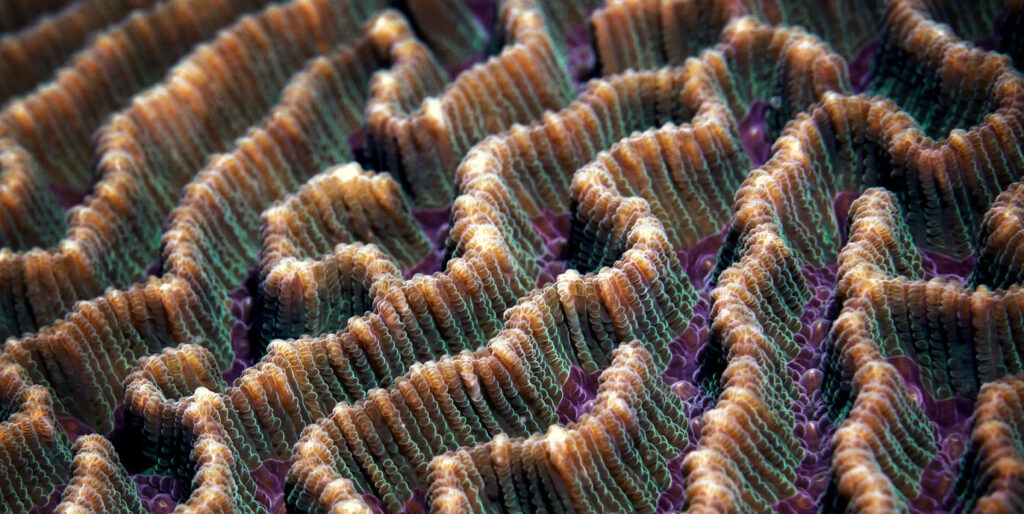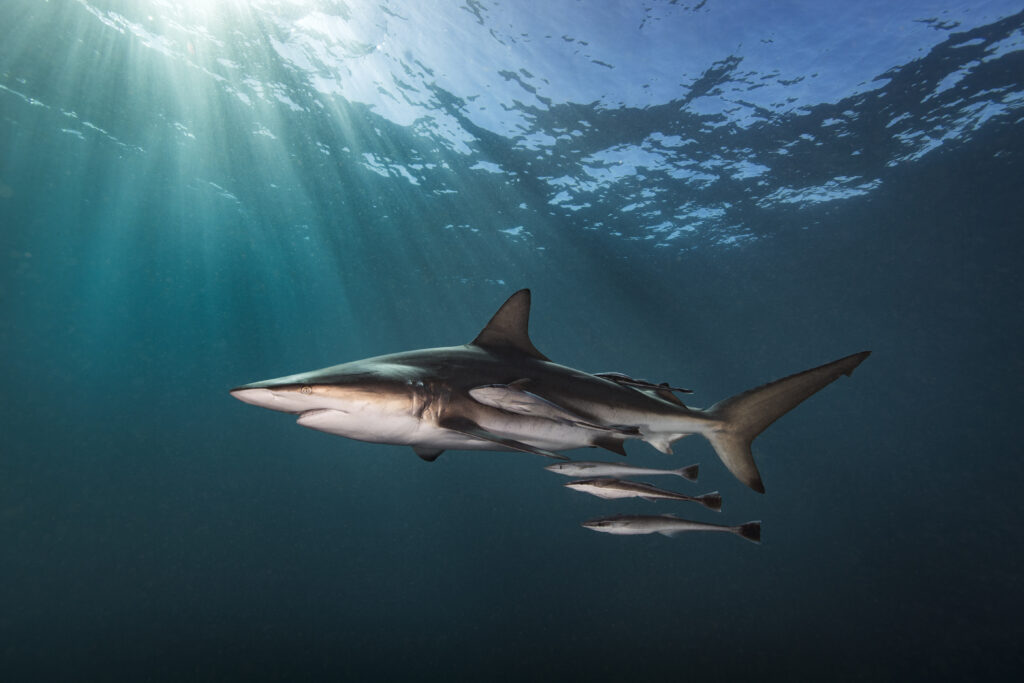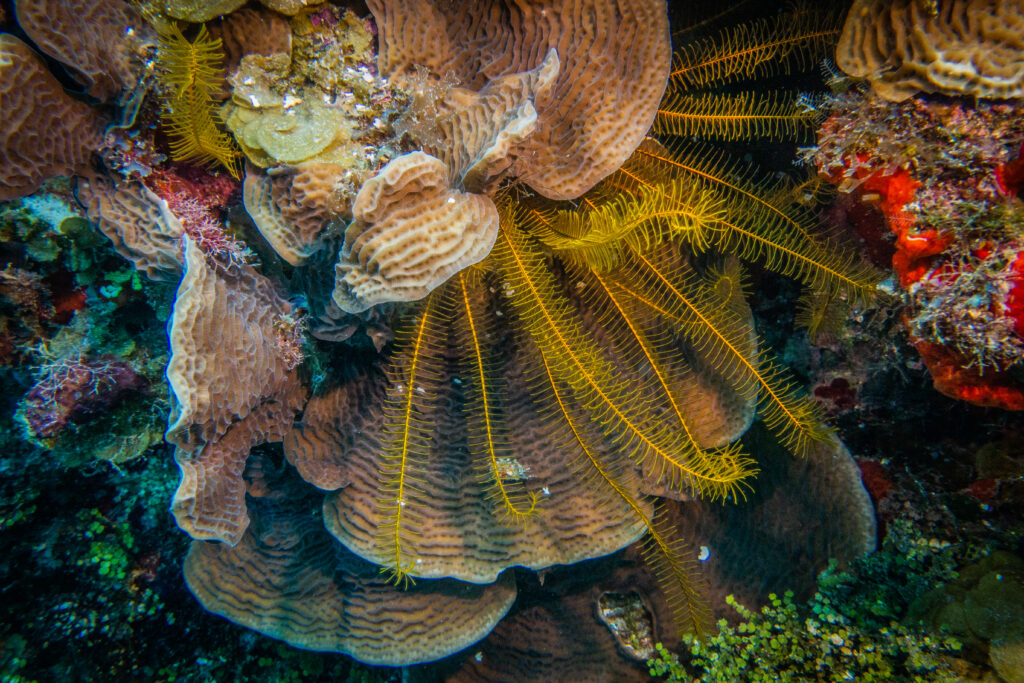Have you ever gone underwater and seen a beautiful dolphin swim past? Did you press the shutter to capture that moment? When you checked your photo, all you got was a blurry tail. Congratulations, you’ve experienced shutter lag! But don’t worry, we will explore what it is and how to fix it so you never miss a perfect moment again!
What Is Shutter Lag?
Shutter lag is the delay from pressing the shutter button to the camera capturing the image.
When you press the button, the camera does two things:
Step 1: It measures light, focuses, and sets exposure. This happens unless you are in full manual mode.
Step 2: Once the camera is ready, it records the image. The time gap between these two steps is called shutter lag. If it’s too long, you might miss the perfect shot. This is especially true in underwater photography, where everything is always moving!
Why Do Compact Cameras Struggle with Shutter Lag Underwater?
In the past, compact cameras had a big problem: shutter lag. Your subject often swam away before the camera could take the picture. The main reasons were:
- Slower autofocus systems compared to DSLRs and mirrorless cameras.
- Weaker image processors must take more time to calculate exposure settings.
- Some compact cameras have electronic shutters. These shutters work slower than the mechanical shutters in DSLRs.
Luckily, camera manufacturers have made huge improvements! Modern compact cameras now have faster response times, greatly reducing this issue.
Pro tip: If you use a compact camera, half-press the shutter button. This helps you pre-focus. Press it down completely to take the shot. This can help cut shutter lag!
DSLR & Mirrorless: The Ultimate Solution to Shutter Lag?
Great news for photography fans! DSLRs and mirrorless cameras have almost no shutter lag! DSLRs have quick autofocus, strong processors, and mechanical shutters. A DSLR flips its mirror up before taking a shot. This movement happens so quickly that you hardly notice it. Mirrorless Cameras lack a mirror, so there’s no need for an extra step before capturing an image. Their fast processors make their shutter lag comparable to that of DSLRs.
Which one should you choose? For a pro-level experience, choose a mirrorless or DSLR camera. This way, you won’t miss stunning underwater moments!
Useful Shooting Modes for Underwater Photography
To get the most out of your camera, it’s essential to understand key shooting modes. Let’s dive in!
Aperture Priority Mode (AV)
This mode lets you set the aperture (f-stop) to control the depth of field. The camera will then adjust the shutter speed automatically.
When to use it:
- Want a dreamy blurred background? Use a wide aperture (f/2.8 – f/4) to make your subject stand out.
- Want everything in focus? Use a narrow aperture (f/8 – f/11) for sharp details throughout the image.
Example: When shooting coral close-ups, use f/2.8 to make the coral pop while the background softly blurs.

Shutter Priority Mode (TV)
In this mode, you choose the shutter speed. The camera then adjusts the aperture automatically. This is perfect for capturing fast-moving subjects!
When to use it:
- Shooting a fast-swimming fish? Use a shutter speed of 1/500 s or faster to freeze motion.
- Capturing a turtle that moves slowly? Use 1/125s – 1/250s to balance light and sharpness.
To capture a fast-moving shark, set your shutter speed to 1/1000 s. This will freeze its motion!

Manual Mode (M)
If you want full control over exposure, colors, and lighting, switch to Manual mode. You can adjust the aperture, shutter speed, and ISO independently.
When to use it:
- When you use external strobes, adjust the shutter speed and aperture manually.
- In low light, adjust the ISO and aperture yourself. This helps you avoid too dark images or too much noise.
When you photograph a coral reef at dusk, set the ISO to 800. Use a shutter speed of 1/250s and an aperture of f/5.6. This will help you achieve a clear, balanced exposure without blur.

Conclusion: How to Avoid Shutter Lag in Underwater Photography
Now you understand why sometimes you end up capturing fish tails instead of the fish itself! Apply these tips, and never miss a magical underwater moment again!
